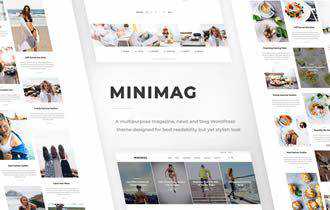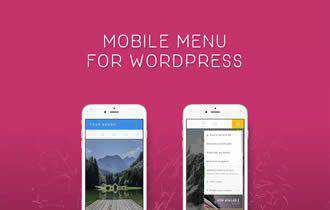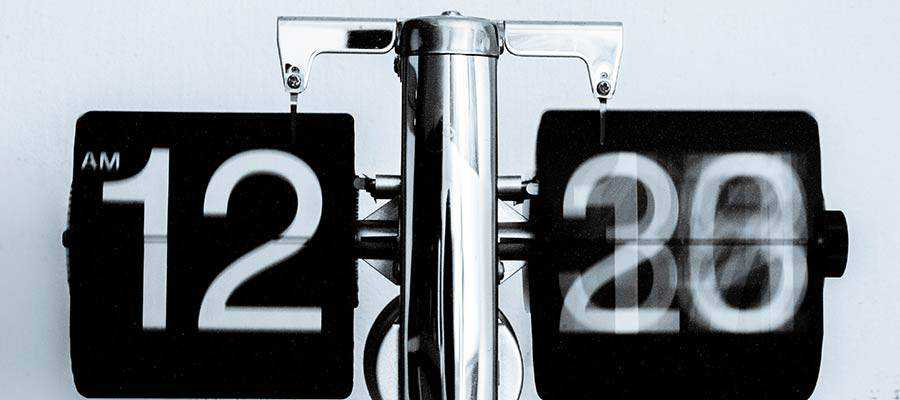Jumping Through Hoops for Prospective Web Design Clients
Booking new clients for your web design business is challenging. First you have to find someone who is interested in your services. Then it’s a matter of hammering out an agreement so that you can start your journey together.
When read aloud, it sounds easier than it really is. The process can feel a bit like being involved in a reality show competition – even if you’re the only designer involved. Once in a while you’ll run into a prospective client who plays the part of the sly host. They’ll test your limits by asking all sorts of philosophical questions and assorted odd requests.
Frankly, it’s a bit unnerving and sometimes belittling. You’re trying to land a new client but have to endure the third-degree. You might start to wonder if you’ll ever just get to the actual project.
It’s worth considering just how much of this you should tolerate. Where do you finally draw the line and say, “Thanks, but no thanks…”?
This is a subject with a lot of gray area. But in an effort to help you decide, we’ll dive right into the heart of the matter. Let’s get started!






Are They Hiring a Web Designer or Performing a Background Check?
First, let’s get the obvious out of the way: prospective clients have a right to ask questions. It’s their time, money and reputation on the line. Thus, a designer should always be prepared to answer.
Still, it is very possible to go too far. For instance, being asked if you’re available 24/7. Really? We’re web designers, not all-night donut shops. Many of us have set hours, just like other businesses. If a client really wants that type of availability, they’d better be prepared to pay handsomely for it.
Sometimes it’s not just the questions asked – it’s what they imply. There are people out there that seem to think web design isn’t a serious profession. Their queries sound like something you’d ask a teenager in a job interview, probing to see if you can trust them to mind the shop while the boss is away.
After 20+ years in the industry, I still run into this every so often. It makes me think back to landing my first gig back in the 90’s, when the web was a new concept to mainstream businesses. Whether it’s misunderstanding or mistrust, it can be a bit insulting.
When it gets to the point where you feel disrespected, take a step back and think. It’s certainly possible that you’re overreacting. But if that’s not the case, you’re better off walking away with your dignity intact.

Taking Advantage of Your Precious Time
Going beyond the interrogation stage, you might also find yourself caught up in long, drawn-out conversations with a prospect.
Again, there’s nothing inherently wrong with engaging in such banter. It can be a nice way to form a relationship, which is beneficial when working together. But that’s not always the case.
In some situations, a prospective client may (figuratively) chew your ear off in an effort to get free advice – even if they have no intention of working with you. Whether it’s constant phone calls or emails, this can quickly get out of hand.
There’s a fine line here between demonstrating common courtesy and allowing someone to waste your time. If a prospect crosses that threshold, it might be wise to politely push back. You could say, for example, that you’re happy to give advice, but to go in-depth you’ll have to charge an hourly fee. This should get the message across.

Looking for Free or Cheap “Favors”
Another approach taken by some prospects is in angling for free or deeply-discounted work. While none of us like to pay full price (and everyone loves a sale) there aren’t a whole lot of benefits for web designers to play along.
Think of it this way: if someone isn’t willing to pay you what you’re worth, they’re not really valuing what you do. All of your hard work, the successful portfolio and hours of learning don’t particularly matter to them. They simply want something for nothing – or almost nothing.
Early in my career, I fell into the trap of giving away freebies. What I learned is that the working relationship with a client tends to get stuck in a vicious cycle. They start to expect that you’ll leave money on the table in order to please them. And you, being fearful of losing a client, don’t want to push the envelope.
It’s important to remember that you don’t owe a prospect anything at all. Even if they’re friendly and complimentary of your work, it’s unlikely you’d call them an actual friend. Therefore, don’t be sweet-talked into any arrangements that won’t result in your being fairly compensated.
This is one of the more difficult aspects of running a business. You want to offer great service that meets the needs of your clients while attaining your own financial independence. Even if it goes against your nature, you really should make decisions with this philosophy in mind.

Sometimes, a Web Design Project Isn’t Worth the Hassle
Over time, you can develop a keen eye with regards to prospective clients. You’ll start to spot those red flags for projects and people you want to avoid. All told, it’s about understanding the types of clients you want to work with.
One of the telling signs of a project is how you’re treated during that initial process, before you come to any agreements. While perfection shouldn’t be expected, there are some basic tenets that a client should follow.
Are you being valued and respected? Is the person on the other end listening to what you have to say? Pay careful attention, as these characteristics will help you make the right decision.